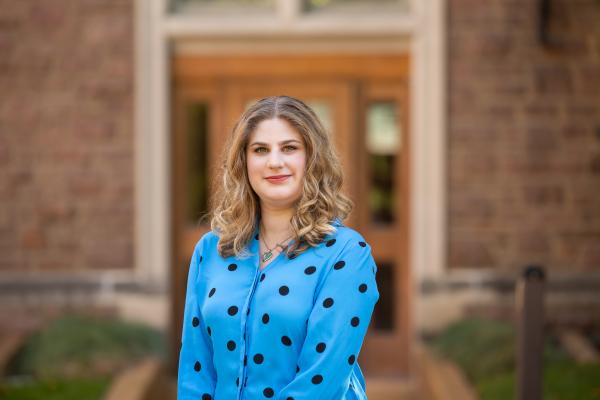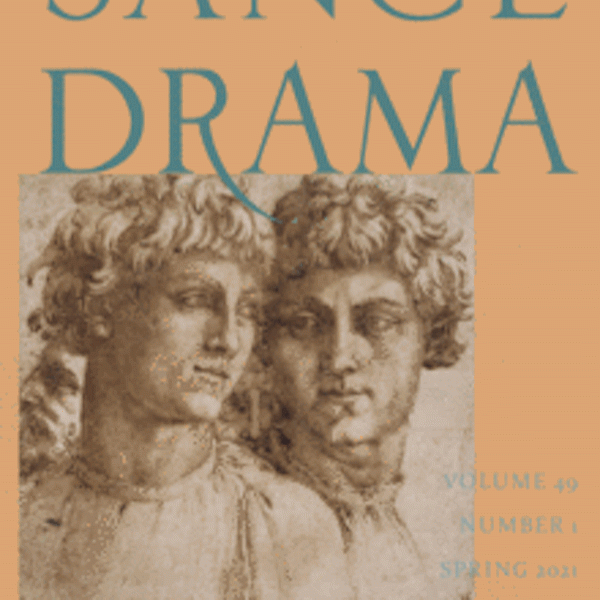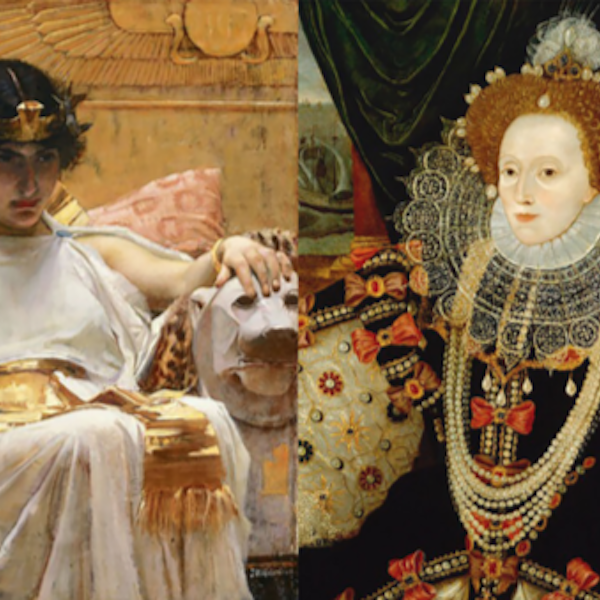Claire Sommers’ research and teaching interests frame the early modern period as the intersection between the classics and contemporary critical theory.
Claire Sommers’ research reframes the early modern reception of the classics in order to yield new insights into contemporary theoretical discourses. Her first book project Chimeras, Centaurs, and Satyrs: Creating Hybrid Texts in Antiquity and Early Modern England historicize the link between hybrid creatures and what she classifies as “hybrid texts,” works that exhibit their composite nature in three registers: they combine multiple genres; they evoke hybrid creatures; and they emphasize the indeterminacy of linguistic meaning. Aligning hybridity with the ancient Greek word hybris, often translated as violence or corruption, her study returns to an alternate understanding of the concept: surpassing what is humanly possible. Drawing on the depiction of physical hybrids in scientific texts and travel narratives, her book contends that the hybrid’s position in the liminal space between imagination and reality made it an ideal symbol of hermeneutic innovation. She argues that it is through the anatomization of composite creatures in hybrid texts that authors represent the generic and linguistic mixture that allows their works to articulate what previous modes of artistic expression could not adequately express. Establishing the early modern conception of hybridity as a historical analogue to the theoretical discourses of Foucault, Bhabha, and Haraway, Dr. Sommers’ work intervenes in and recasts contemporary discourse on race, gender, and disability. Chimeras, Centaurs, and Satyrs thus demonstrates that the hybrid functions as a vehicle for metatextual examination and a mode of creative transcendence.
Dr. Sommers’ work has been published in Arion and Renaissance Drama. Her most recent article “The Virtue of Virginity: Remaking Cleopatra in Elizabeth’s Image in The False One” represents her second book project Drama Queens: Creating Cleopatra and Engaging Elizabeth, which contends that Cleopatra functioned as a figure by which early modern drama examined Elizabeth’s life and legacy. Tracing the evolution of Cleopatra’s depiction, including changes made to her marital, parental, and racial statuses, this project not only produces new understandings of race, gender, and globalization as it existed in the early modern period, but also engages with and reframes the more recent theories of Spivak, Butler, Rich, Gubar, and Gilbert.
Dr. Sommers’ classes frame early modern writers as readers and revisers of ancient sources. In the same way that the early modern period interpreted and adapted classical texts in order to yield new insights into their own era, Dr. Sommers encourages her students to read Renaissance literature in order to better understand their own lived experiences and the origins of contemporary theoretical discourses. Courses she has taught at WashU include: “Drama Queens: Cleopatra in Elizabethan England;” “The Marvelous and the Monstrous in Early Modern Literature;” “Shakespeare: The Godly and the Grotesque;” “Shakespeare in Performance;” “Magic and Mayhem, Desire and Disguise: A Novel Beginning;” and “Early Texts and Contexts.” Dr. Sommers is also the Exhibits and Professionalization Coordinator for the Northeast Modern Language Association (NeMLA), where she has created and currently oversees several professional development initiatives, including the Job Clinic, the Publishing Mentorship Program, the Book Exhibit, and the Undergraduate Research Forum. She is also the Founding Director of the organization’s Classics area. Before arriving at WashU, Dr. Sommers created and served as Deputy Director of the Critical Theory Certificate at The Graduate Center, CUNY. She organized the program’s annual conference and lecture series, curating talks by Stephen Greenblatt, Homi Bhabha, Fredric Jameson, Slavoj Zizek, Jonathan Culler, Anne Carson, Kaja Silverman, and Harold Bloom. She also developed and oversaw “Mapping Time,” a Digital Humanities collaboration among CUNY, the branches of New York Public Library, and several high schools that uses New York City history to teach archival and digital research techniques.





